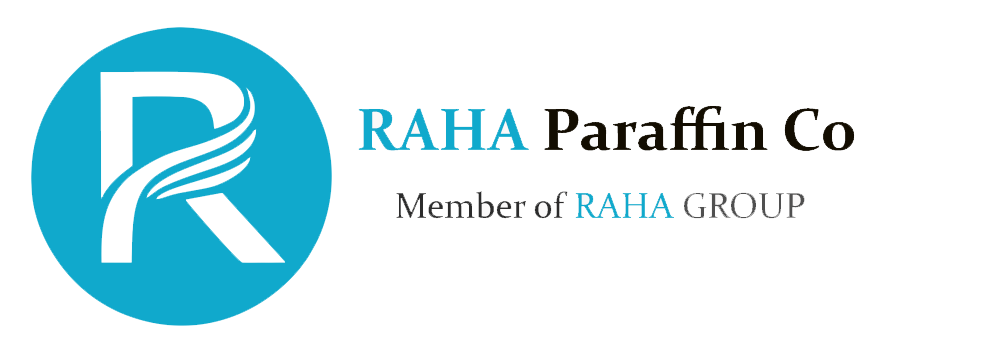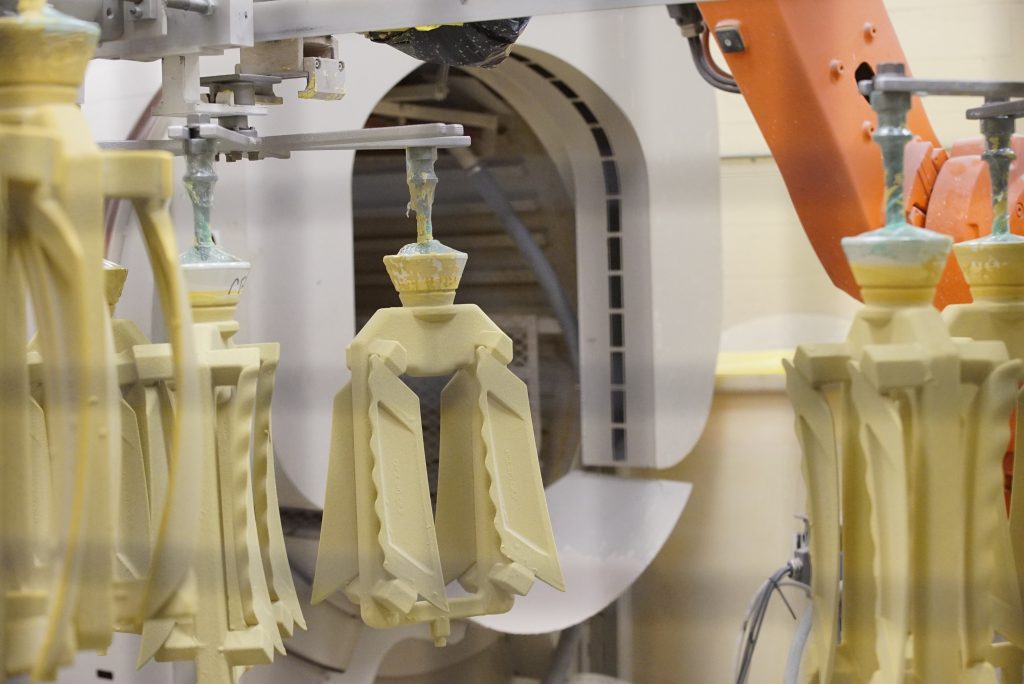wax shrinkage
Introduction of wax shrinkage
In investment casting technique, a pattern, usually made of wax, is utilized in forming the inside cavity of a refractory mold. The pattern is formed by pouring the molten wax into rubber mold of the desired shape and thereby cooling it until solidification. In the ceramic shell method, the pattern or a cluster of such patterns is formed. Then the patterns are invested with ceramic slurry which is then solidified forming a mold around the wax pattern [1]. The wax pattern is then removed from the mold by melting or burning. The resulting refractory shell is further hardened by heating and then filled with molten metal to produce the finished part. The working efficiency of investment casting depends largely upon the quality of the disposable pattern since its surface and dimensional characteristics are transferred to the ceramic shell and so to the final casting. Wax is the most widely used pattern material. The accuracy of the wax patterns used in the investment casting process has a direct effect on the accuracy achievable in the final cast part. It is essential to understand the proper parameters of wax. Shrinkage allowance is the main factor occurring in the dimensions of wax patterns. This shrinkage allowance differs as per wax. There are three types of wax used for patterns; they are machine wax, Sprue wax and pattern wax. The proper shrinkage study should be done on the wax patterns to select the suitable wax for getting the accurate dimensions and finishing of the end product.


